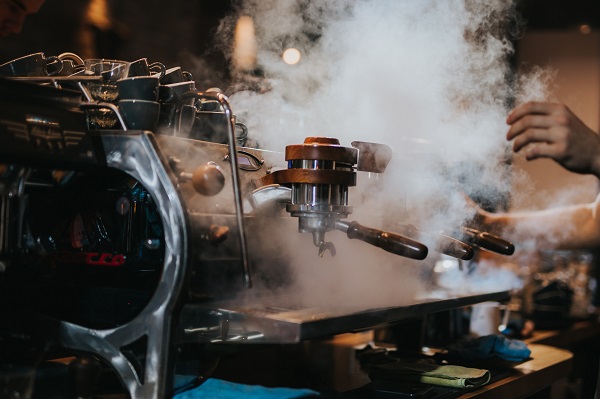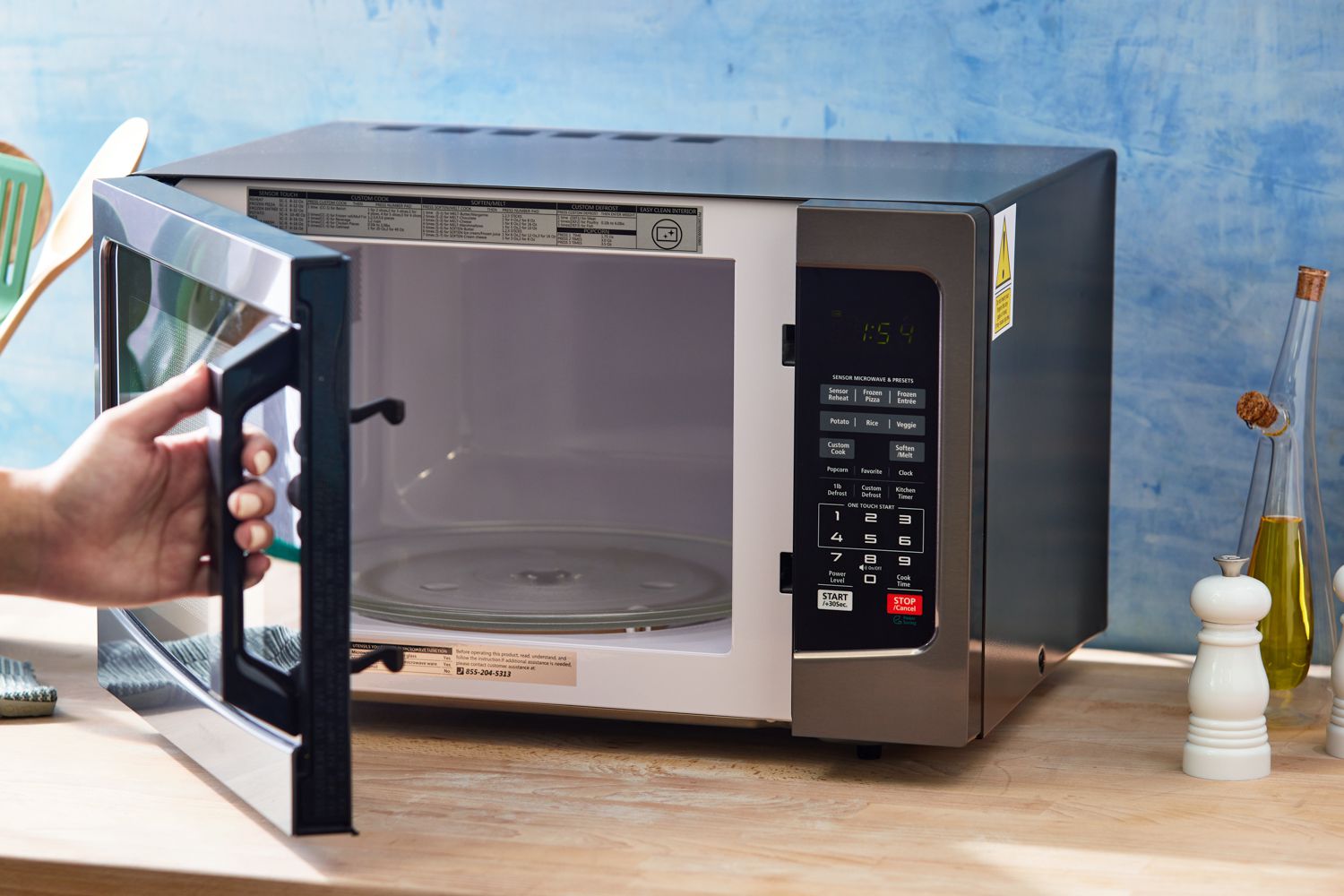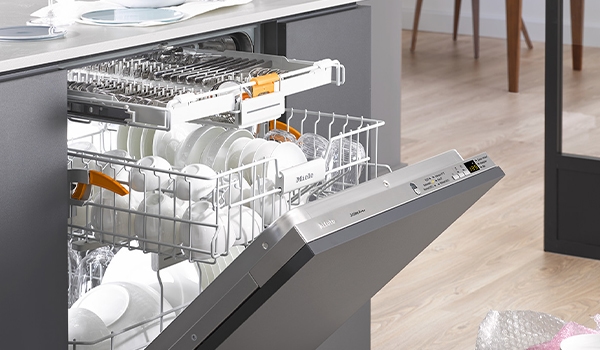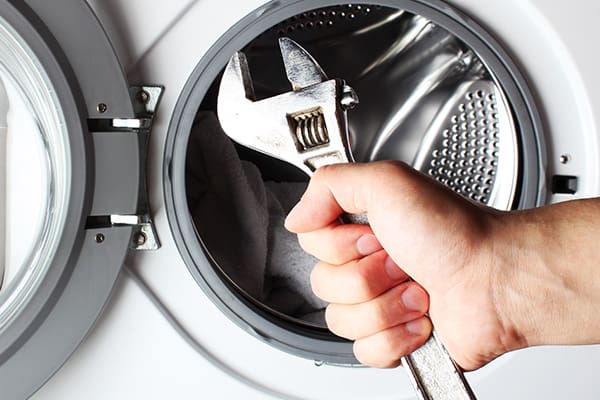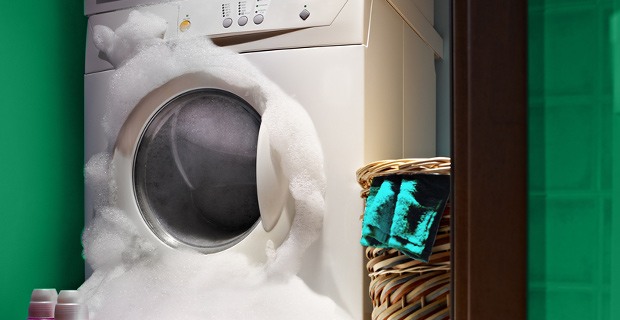How to Maintain Your Coffee Maker for Optimal Performance
How to Maintain Your Coffee Maker for Optimal Performance
A well-maintained coffee maker is essential for brewing the perfect cup of coffee every morning. Regular maintenance not only ensures the best taste but also extends the lifespan of your machine. This guide will cover the importance of regular coffee maker maintenance, common issues you may encounter, DIY cleaning tips, and when it might be time to replace your machine. Additionally, we'll highlight some top coffee maker brands and models to consider for your next upgrade.
The Importance of Regular Coffee Maker Maintenance
Regular maintenance is crucial for the optimal performance of your coffee maker. Over time, coffee makers can accumulate mineral deposits, coffee oils, and other residues that affect both the taste of your coffee and the machine's efficiency. By keeping your coffee maker clean and well-maintained, you can enjoy consistently great-tasting coffee and avoid potential issues that could lead to costly repairs or replacements.
- Improved Taste
- Extended Lifespan
- Energy Efficiency
- Health and Safety
Improved Taste: Regular cleaning removes old coffee residues and oils that can cause your coffee to taste bitter or stale. Descaling the machine helps eliminate mineral buildup that can affect the water temperature and extraction process.
Extended Lifespan: Routine maintenance prevents clogs and mechanical issues, ensuring your coffee maker lasts longer. Regularly replacing worn-out parts, such as filters and gaskets, can also help maintain the machine’s performance.
Energy Efficiency: A well-maintained coffee maker operates more efficiently, using less energy to heat water and brew coffee. This not only saves you money on electricity bills but also reduces your environmental footprint.
Health and Safety: Regular cleaning and descaling prevent the growth of mold, bacteria, and other harmful microorganisms that can thrive in a moist, warm environment. This ensures that your coffee is safe to drink and free from contaminants.
Common Coffee Maker Issues
Coffee makers, like all appliances, can develop issues over time. Understanding common problems can help you troubleshoot and fix them before they become more serious.
- Slow Brewing
- Poor Taste
- Leaks and Spills
- Machine Not Turning On
Slow Brewing: Slow brewing can be caused by mineral buildup, clogged filters, or blockages in the machine’s water lines. Regular descaling and cleaning can help prevent this issue.
Poor Taste: Coffee that tastes off or bitter can result from old coffee oils, mineral deposits, or using the wrong grind size. Ensuring your machine is clean and using fresh, properly ground coffee can improve taste.
Leaks and Spills: Leaks can occur due to worn-out gaskets, loose connections, or overfilling the water reservoir. Regularly inspect and replace worn parts to prevent leaks.
Machine Not Turning On: Electrical issues, a blown fuse, or a faulty power cord can cause your coffee maker to stop working. Checking the power source and inspecting the machine for any obvious signs of damage can help identify the problem.
Slow Brewing
Slow brewing is a common issue often caused by mineral deposits from hard water clogging the machine’s internal components.
- Descaling
- Clean Filters
- Proper Water Levels
Descaling: Descale your coffee maker regularly using a descaling solution or a mixture of water and vinegar. This helps dissolve and remove mineral buildup.
Clean Filters: Ensure that the coffee and water filters are clean and free of debris. Replace them if they are worn or clogged.
Proper Water Levels: Avoid overfilling the water reservoir, as this can lead to slower brewing and overflow issues.
Poor Taste
Several factors can contribute to poor-tasting coffee, including dirty equipment, incorrect grind size, and stale coffee beans.
- Regular Cleaning
- Use Fresh Coffee
- Correct Grind Size
Regular Cleaning: Clean your coffee maker’s carafe, filter basket, and other removable parts after each use to prevent the buildup of coffee oils and residues.
Use Fresh Coffee: Ensure you are using fresh, high-quality coffee beans and grind them just before brewing.
Correct Grind Size: Use the appropriate grind size for your coffee maker type. Too fine a grind can cause over-extraction and bitterness, while too coarse a grind can result in weak coffee.
DIY Cleaning and Maintenance Tips
- Daily Cleaning
- Weekly Deep Clean
- Descale Regularly
- Replace Filters
- Check Seals and Gaskets
Daily Cleaning: Rinse the carafe, filter basket, and other removable parts after each use to remove coffee grounds and oils.
Weekly Deep Clean: Once a week, deep clean your coffee maker by running a cycle with a mixture of equal parts water and white vinegar. Follow this with two cycles of plain water to rinse out any remaining vinegar.
Descale Regularly: Descale your coffee maker every 1-3 months, depending on the hardness of your water and frequency of use. Use a commercial descaling solution or a homemade mixture of water and citric acid or vinegar.
Replace Filters: Regularly replace the water and coffee filters according to the manufacturer’s recommendations. This ensures optimal performance and taste.
Check Seals and Gaskets: Inspect the machine’s seals and gaskets for wear and tear. Replace any that are cracked or damaged to prevent leaks and maintain pressure.
When to Replace Your Coffee Maker
Even with regular maintenance, coffee makers have a finite lifespan. Here are some signs that it may be time to replace your machine:
Frequent Breakdowns: If your coffee maker frequently malfunctions or requires constant repairs, it may be more cost-effective to buy a new one.
Outdated Technology: Older models may lack features that improve performance and convenience, such as programmable settings, built-in grinders, or energy-saving modes.
Poor Performance: If your coffee maker no longer brews coffee to your satisfaction, despite regular maintenance, it may be time for an upgrade.
Visible Damage: Cracks, leaks, or other physical damage to the machine can affect its performance and safety.
Top Coffee Maker Brands and Models
When it's time to replace your coffee maker, consider these top brands known for their quality and performance:
Breville: Known for their precision and innovative features, Breville coffee makers like the Breville BES870XL offer excellent performance and durability.
Keurig: For convenience and versatility, Keurig offers a wide range of single-serve coffee makers, such as the Keurig K-Elite, that are easy to use and maintain.
Technivorm: The Technivorm Moccamaster is renowned for its superior brewing process and build quality, making it a favorite among coffee enthusiasts.
Cuisinart: Cuisinart coffee makers, like the Cuisinart DCC-3200, are known for their affordability, reliability, and feature-rich designs.
Conclusion
Maintaining your coffee maker through regular cleaning, descaling, and proper usage can significantly enhance its performance and lifespan. By addressing common issues and following DIY maintenance tips, you can ensure your coffee maker consistently brews delicious coffee. When it’s time to replace your machine, choosing a high-quality model from a reputable brand can provide years of reliable service. Investing in proper maintenance not only improves the taste of your coffee but also protects your investment in your coffee maker.


